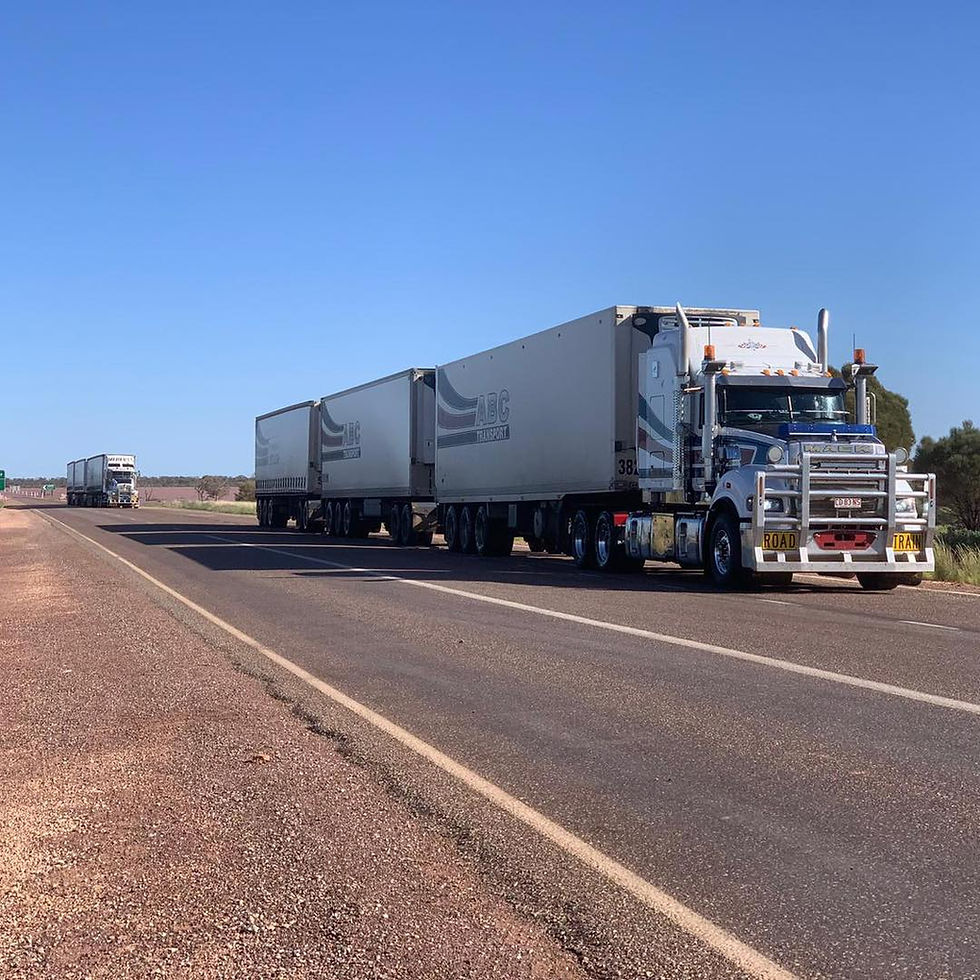Believe it or not, the Australian vaccine rollout is going smoothly
- John McDonnell
- Jun 3, 2021
- 3 min read

According to Nikki Savva, writing in The Australian on Thursday, Labor could win the next election if Anthony Albanese keeps prosecuting his case that Scott Morrison has bungled the vaccine rollout and hotel quarantine.
Savva contends that Albanese is making a strong case that Morrison has refused to take responsibility for the slow vaccination rates and the quarantine leaks, in the same way he refused to take responsibility for the bushfire response.
One problem with this analysis is that the vaccine rollout is no longer going slowly.
In the seven days to June 2, over 700,000 people were vaccinated with 130,000 being vaccinated on Wednesday alone.
More than 1 million people were vaccinated in the last 10 days in May.
Labor hasn’t caught up with the numbers. Shadow health minister, Mark Butler, and acting Victorian premier, James Merlino, keep saying that only 2 per cent of the adult population has been fully vaccinated. Health minister Greg Hunt says 30 per cent of the over-seventies are now fully vaccinated. Since this cohort comprises 7 million people it means that at least 10% of the adult Australian population is now fully vaccinated.
Peter Collignon, the Professor of Infectious Diseases at the Australian National University, appeared on ABC media on Thursday and clarified the position with regard to the vaccination rollout. He said that the problem with the slow start was that there had been supply issues. Europe had diverted 3.2 million doses to countries that had a more immediate need than Australia. CSL had found it difficult to get to full production and some of that production had been reserved for neighbouring countries in the Asia Pacific region. Professor Collignon said that this was the right thing to do.
He said that it was likely that in the seven days from Thursday, more than 1 million people would be vaccinated. If authorities could maintain this rate of vaccination, everyone in Australia who was eligible would receive vaccination by October and nearly everyone would be fully vaccinated by the end of the year.
Also on Thursday the federal government forwarded a memorandum of understanding to the Victorian government, which initiated the project to build a second national purpose-built quarantine facility, at Avalon. Professor Collignon made the point that this would be useful, but he warned that it will only have a capacity of 500 beds which would only handle those Australians who want to return and foreign visitors who want to work or study. He said that quarantine hotels would still be required and recommended that states adopt the model of medi-hotels that has been employed in NSW.
These are apartment buildings with discreet air conditioning services and balconies that have so far not had any infection leaks.
The big change in the vaccine rollout is the involvement of the state government mass vaccination centres.
New South Wales has 30 actual or potential vaccination hubs dispensing Pfizer vaccine.
Victoria is dispensing 170,000 doses of Pfizer a week and says that it could do more. When Pfizer delivers its 20 million doses in October these clinics will come under a lot of pressure to vaccinate the remaining young Australians who will need to be done.
On Thursday the prime minister said that pharmacies would begin vaccinating in the second half of the year.
Professor Collignon said he did not think there was any great vaccine hesitancy at the moment. However, it is concerning that aged care and disability workers are refusing to be vaccinated. So far, only 30 per cent of them have had an injection. The prime minister hinted that the states could make health security orders that mandate that they must be vaccinated. Western Australia has made such an order, but Victoria is reluctant to do so.
It will be interesting to see how this is resolved.






Comments